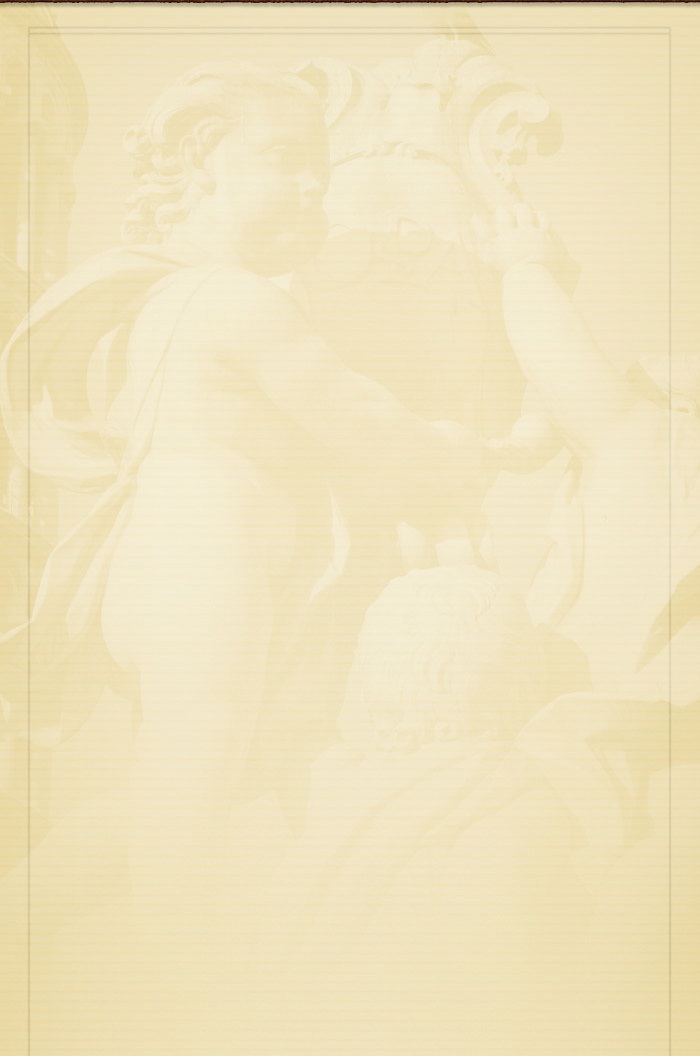Factoid: tormentas aislandas are afternoon thunderstorms
Well, hello again! Yes, we’re still having a great time, and yes, we’re still bouncing around from one country to another. Last time around we told you all about Guatemala, and said we’d get back to you with tales of our adventures in El Salvador. So here we go!
We had a nice experience crossing into El Salvador; their borders are very organized, with professional people who know how all is supposed to be done. In about half an hour we were on our way; success! Border crossings have a reputation, you know; everyone has wild tales to tell, from “it took us 3 hours and was a total hassle,” or “absolutely terrible; never again” to “just stay cool and it’s easy.” So far we’ve made it through just fine. Rick handles everything himself; we’ve found that if we try and share the burden we get into trouble. (Does this mean that Kathy is a buttinsky and keeps trying to “help”? Yup!) So Kathy stays in the truck and gets out the new map. More fun anyway…..humph.

We did our best not to miss anything important. We visited Cerro Verde National Park, camping up on the volcano, just over 6,000’ elevation. It was an interesting experience. We started up the road through sugar cane and then coffee plantations, then into fog, and it just got worse and worse. Pea soup for real. We were slowly moving along at about 5 mph, with flashers on, when we could sense the road starting to widen out. We figured we’d better stop, not knowing where we were; it was getting late. After about 20 minutes the fog started to lift and we realized we were in the parking lot at the end of the road! It was the jumping off place for hikers up the mountain, there was a refreshment stand, and people were coming down the hill after their trek. We were back in civilization! We spent some time chatting with folks, and then had a quiet night; the fog disappeared totally, it was a full moon, and we had a wonderful view down on the small towns that nestled at the foot of this lovely volcano. A real treat.

During our time in El Salvador we moved back and forth between mountainous and lowland areas. Dropping into the lowlands sometimes got a bit bizarre. At one point alongside the road were folks holding up iguanas for sale; we were unable to tell if they were alive or dead. Yuck.
Another special spot we visited was Joya de Ceren, a genuinely interesting Mayan site that is quite unique. This site was discovered on the edge of a small town as new construction was begun in 1971. It has been extremely well preserved and is unique in that it is the only Mayan site that shows details of daily living. This happened because in about 640 AD the town had been suddenly buried in a deluge of ash from a nearby volcanic eruption, preserving the buildings to the point that pottery and utensils and even evidence of the food on the table have been recovered in near new condition. Much like Pompeii, except that in this town the populace had enough warning to clear out. Very interesting, and a charming woman guide who did her best to explain it all to us with her limited English.

Suchitoto is a university town, and evidently a very cultural area. The concert was well attended, including two local beauty queens (one complete with tiara and sash), and a large Canadian contingent (the performer was from Canada) including a representative from the Canadian embassy in San Salvador. The town is a weekend get-away spot for folks from the city. We had a good time. Reminded us of the Mozart festival – sort of. The venue was the old National Theater, with peeling walls and hanging draperies to frame the stage area, and a dirt floor. At the start of the concert a bat started flying around. There were speeches (long ones), three patriotic songs, and every other person taking pictures with their cell phones. Surreal, but nice. (Anyone recognize that quote from one of our favorite films? Answer below.)
Oh yeah, the active volcanoes? We never saw one get very busy, but the El Salvadorans are very cleverly harnessing what’s inside – geothermal energy – and using it, wanting to rid themselves of dependence on foreign oil. Smart. We did go through one area with large pipe lines, a plant of some sort, and steam rising from the mountain side.


We stopped for a last night in the country at a lovely hotel in La Palma, high in the northwestern mountains. We were surprised to find the entire hotel jammed, although they found a spot for us to park. It seems about 75 medical missionaries from Virginia were there, preparing to spend a week doing outreach work in the mountains. They were great folks, medical students, and we had good chats with them. They were all hyper when they arrived, but exhausted when returning the next day. Such energy!
Back to Guatemala:
We crossed back into Guatemala on the same road by which we had left, and retraced our steps to Coban, before heading north into the Peten (what northern Guatemala is called) and the ruins at Tikal. And you’ve heard about all that and the rest of our adventures until we left Poptun and headed for the Honduras border. One thing we forgot to tell you was that we wanted to buy coffee from Finca Ixobel, where we stayed outside Poptun. They are well known for their coffee and were happy to put together a bag for us; when she was ready to seal the plastic, she used the flame from a candle she had lit for just that purpose. It was an old-fashioned candlestick just like out of Dickens. It was a special moment.
When we left Finca Ixobel and Poptun, we knew we had two more stops to make before leaving Guatemala. The first was Rio Dulce, a very famous watering hole right along – guess what! – the Rio Dulce. This large river flows out of Lake Ixobel and into the Caribbean. It’s a favorite spot for boaters; they pull in for fun and supplies, or protection when the weather is unfriendly further out to sea. It’s a lively place, and the cool spot to camp is at Bruno’s. Bruno’s advertises its location as “under the bridge” and that’s pretty much just about right. “The Bridge” is the longest such item in Central America. It crosses over “The River” and lets the traveler go further south along Guatemala’s eastern border. Tons of truck traffic, so it’s not a quiet place, but still a pleasant if slightly weird experience.
We liked being there. Rio Dulce is international in flavor, so we were able to do some interesting grocery shopping; the boating crowd tends to have American-type food needs, so that was great! I’d been looking for Italian seasoning for weeks, with no success, and finally had arranged to have some shipped to me: but there it was on the shelf of the first grocery I walked into! Damn! And Rick was able to locate a new bomba – a pump to boost the low water pressure we so often have to deal with. We filter all of the water we put into the fresh water tank on the coach, and often the local water pressure is too low to get the water through the filter; hence the need for a booster pump. We’d gotten one at a Home Depot back in Mexico, but it wasn’t very satisfactory.
We had showers, a nice chat with the manager of Bruno’s, an expatriate who’s been in Guatemala for about 15 years, and gave us lots of good information, even walking Rick through town to get La Bomba and assorted hardware. He is very active in the local area, involved with building a school, teaching English classes, etc. Very busy, and never a dull moment.

So Quirigua was cool. But we were heading for Honduras. After a quick stop in Chiquimula for some shopping (and one last ice cream at Pollo Comparo – which quickly melted in the deadly heat), we were border-bound. We crossed at El Florido (not to be confused with El Florida – what is this?????) and found ourselves in a New Country. Again, an easy crossing. Rick is beginning to think he’s magic! He admits that dread of all the border crossings was the main thing making him think twice about this trip of ours, but so far, so good.
So, Semana Santa you say; what’s that? Well, officially, it’s Holy Week. But practically speaking, it’s more like Spring Break in the United States, only bigger; lot’s bigger. All of Mexico and Central America (and, we are told, South America as well) takes the week off. We travelers try and find someplace to hide. Literally. We try and choose a place to get to that’s not popular with the holiday crowds. And hunker down until it’s all over.
Oh, the film quote? Hugh Grant to Julia Roberts in “Notting Hill”.
Click here to see more of our pictures of El Salvador






